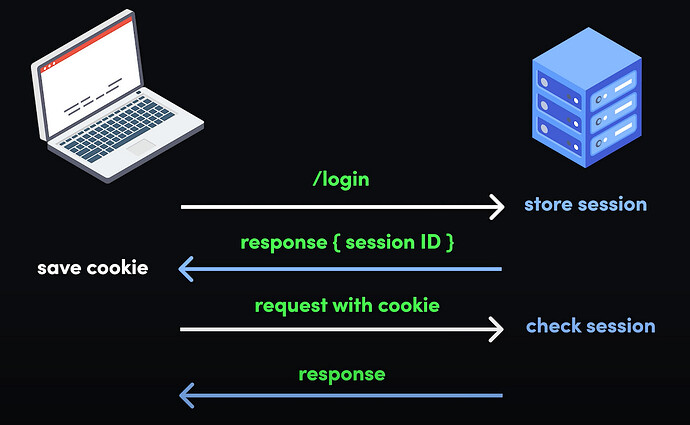Day 13: Storing Images
One of the common mistakes novice developers make when developing apps or websites is storing images directly in their databases. While this might seem like an easy option, it can quickly lead to performance issues as your app grows. Storing large files like images in a database bloats the system, slows down queries, and makes backups more cumbersome. The best approach is to offload image storage to a cloud provider like AWS, Google Cloud, or Azure and store only the image URLs in your database.
Here’s why it’s a better solution: cloud storage services are designed for high performance, scalability, and durability. They offer fast access to your files without bogging down your database. For example, AWS S3 (Simple Storage Service) is one of the top choices, providing reliable, scalable, and secure storage for images. Plus, you only pay for what you use, which is much more cost-effective than increasing your database size.
How to use AWS S3 for storing images:
- Create an AWS Account: First, you’ll need an AWS account. Go to the AWS website and sign up if you don’t have an account already.
- Create an S3 Bucket: Once you’re logged in, navigate to the S3 service and create a new bucket. A bucket is just a container for your files. You can choose your region and configure permissions (be sure to set it to public or private depending on your needs).
- Upload Your Image: After your bucket is created, you can upload images either through the AWS console or programmatically via the AWS SDK (for example, using Python or Node.js). Once uploaded, each image will have a URL that can be used to reference it.
- Store the URL in Your Database: Now, instead of storing the image itself, store the URL in your database. For example, if you uploaded an image called “product1.jpg,” AWS will provide a URL like
https://your-bucket-name.s3.amazonaws.com/product1.jpg. You can then reference this URL in your database as part of the image’s metadata. - Access the Image from Your App or Website: With the URL stored, your app or website can easily retrieve and display the image whenever needed by linking directly to the URL. This keeps your database size small and your app running smoothly.
By using cloud storage like AWS S3, you’re ensuring that your app is scalable, cost-effective, and that your database remains focused on what it’s designed to do—store structured data efficiently.
Happy Coding!



